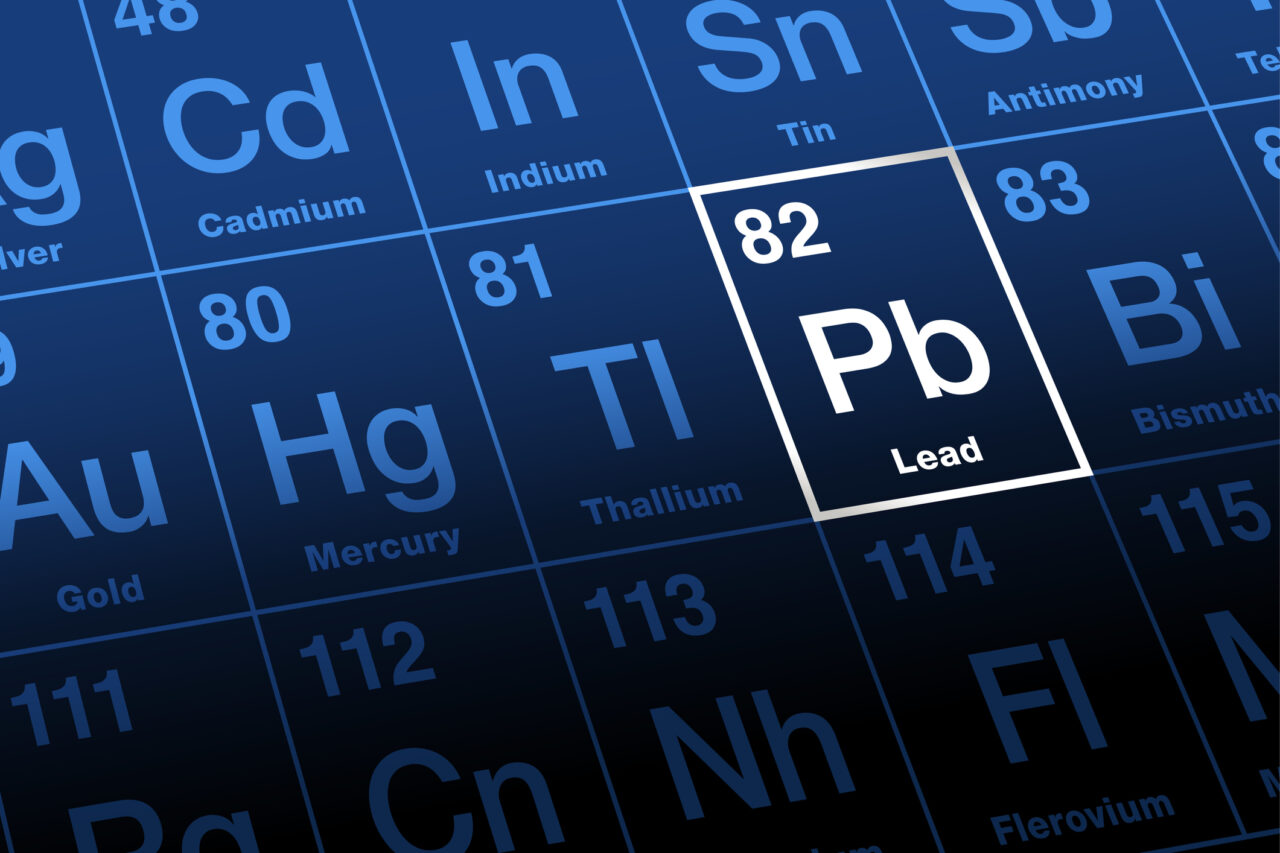One crucial aspect of testing cannabis products is evaluating the presence of heavy metals. Testing for heavy metal absorption in marijuana plays a crucial role in ensuring consumer safety and product quality. By identifying and minimizing heavy metal contamination, the cannabis industry can provide consumers with products that meet rigorous safety standards.
The Importance of Heavy Metal Testing
Heavy metals are naturally occurring elements that can find their way into the environment, including the soil in which cannabis plants grow. When present in marijuana products, heavy metals pose potential health risks to consumers. Testing for heavy metal absorption helps ensure that cannabis products are free from harmful levels of these contaminants.
Several heavy metals are of particular concern in cannabis products. These include lead, arsenic, cadmium, mercury, and nickel. Each metal has unique health risks associated with its consumption, making their identification and quantification vital for consumer safety.
Government agencies and regulatory bodies establish limits for heavy metal concentrations in cannabis products to safeguard consumer health. These limits vary across jurisdictions, highlighting the importance of adhering to regional regulations and industry standards.
Analytical Techniques Used in Heavy Metal Testing
To accurately assess heavy metal levels in cannabis, various analytical techniques are employed. These techniques include Atomic Absorption Spectroscopy (AAS), Inductively Coupled Plasma Mass Spectrometry (ICP-MS), and Inductively Coupled Plasma-Optical Emission Spectroscopy (ICP-OES). These methods allow for precise identification and quantification of heavy metals in samples.
Sampling cannabis products for heavy metal testing involves carefully selecting representative samples from batches. These samples are then prepared by employing specific digestion methods to extract heavy metals from the matrix. This ensures accurate and reliable analysis.
Interpreting Results
Once the heavy metal analysis is complete, the results are interpreted and compared against established regulatory limits. If the concentration of heavy metals falls within acceptable levels, the product meets safety standards. However, if levels exceed the limits, appropriate actions must be taken to prevent the product from reaching the market.
Testing for heavy metal absorption in marijuana is a vital step in safeguarding consumer health and ensuring product quality. Employing advanced analytical techniques, setting regulatory limits, and adhering to industry standards are key aspects of this process. By prioritizing heavy metal testing and transparently communicating the results, the cannabis industry demonstrates its commitment to providing safe and reliable products.



